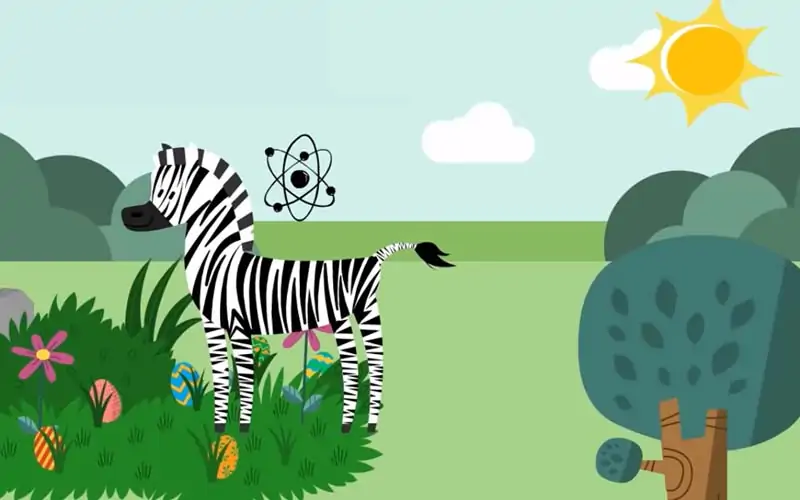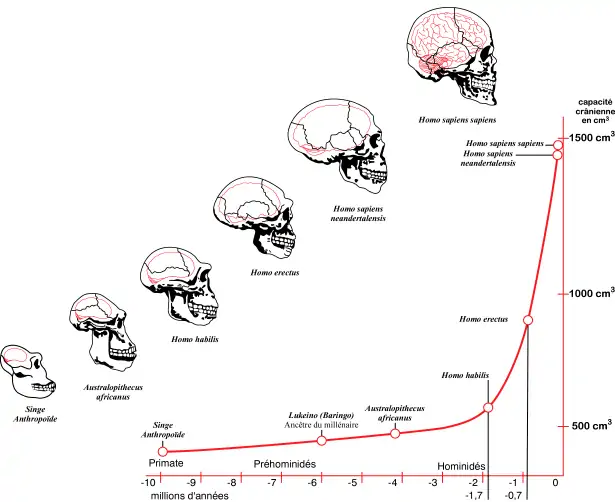Describe the Three Models of Succession.
It is believed that different mechanisms function at different stage during primary succession and for different type of secondary succession. The few suggested models are the facilitation model, which is based on a thought that species of previous stages modify the environment to make it less suitable for them and more suited for the succeeding colonizers. Connell and Slayter (1977) proposed this model. For many years this model was considered the best, for explaining the early stages of primary succession. But for the later stages of primary and secondary successions, this model is not sufficient.
List of Three Models of Succession.
The ‘Tolerance’ model explains that some species are superior and they eventually become the pioneer in climax community. The species which are more tolerant out of limited resources, have an edge over other species. There is a competitive hierarchy in which the species can dominate other species and can also invade in their absence.
The Inhibition model suggests the succession as extremely heterogeneous and the development is dependent on the species which invade it first. It may not be in a particular order. The succession h proceeds from short-lived to long-lived species.
The Secondary Succession can be explained by studying an abundant farmland, where the soil is already available. It is initially dominated by hard grasses which are soon replaced by tall grasses and herbaceous plants. After some years the tall plants come up and a forest community develops. This is relatively a stable community and forms a climax community.





